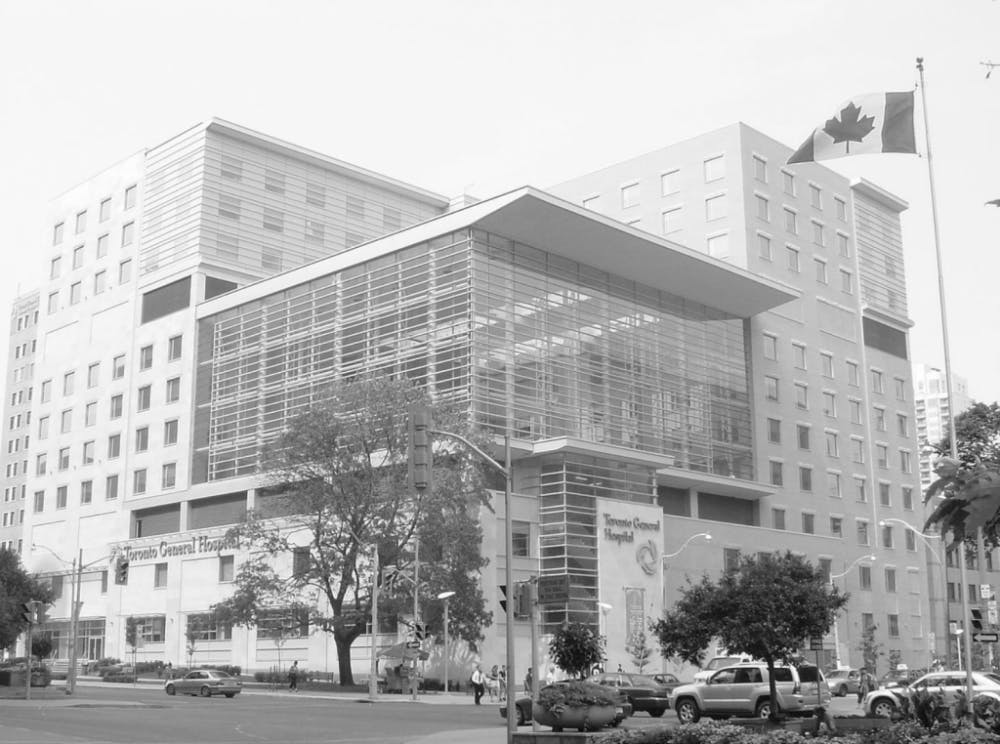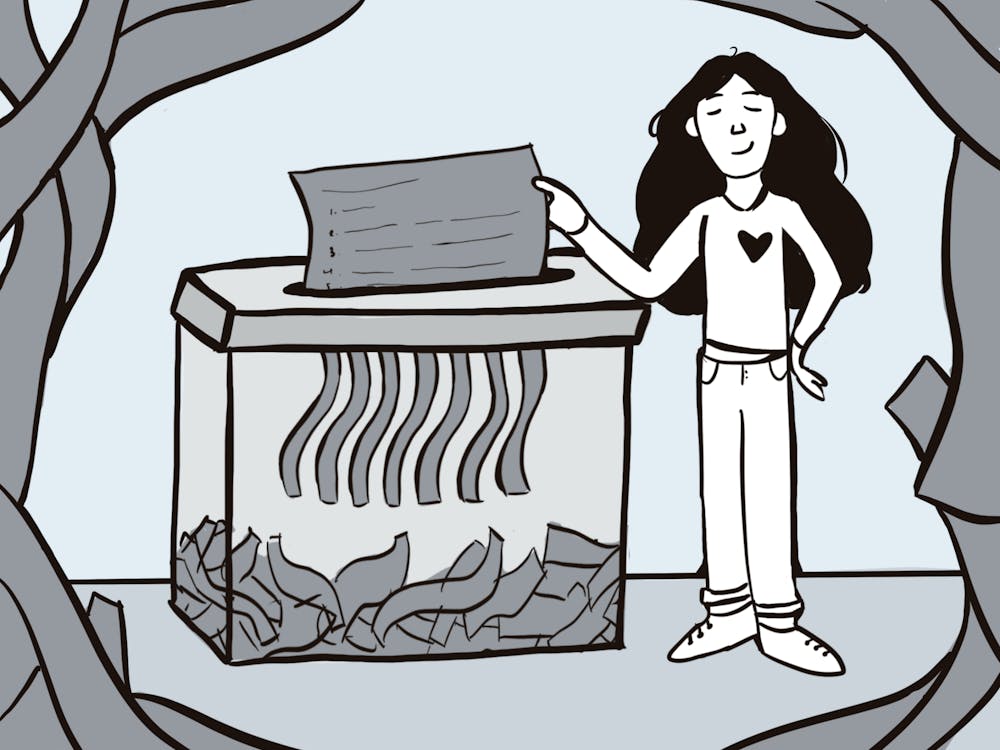Sorry, I can’t hear you over my free healthcare.
Needless to say, there are massive differences between the Canadian and American healthcare systems. However, contrary to popular American (and Canadian) belief, healthcare in Canada is not “free” in the all-encompassing way Canadians tend to brag about.
Canada has the single-payer tax system where all citizens are covered to a minimum requisite by the government with additional services (e.g. drugs, dental, fertility, physiotherapy, etc.) paid out of pocket or by private insurance.
The U.S. has a jumble of mostly private healthcare that encompasses quite a spectrum of quality and cost. But this kind of information doesn’t quite capture the culture shock of transitioning between the two systems. As a dual-citizen, here’s a sampling of some of the fun times I’ve had in under both healthcare systems.
USA Menactra: I could have gotten the meningococcal meningitis vaccine for free while in high school in Canada but decided to wait due to an adverse reaction concern from previous vaccines.
This was a mistake, because I paid $127 to get it at the Student Health and Wellness Center (HelWell) only to be told my insurance would not cover it because the vaccine was covered under my plan only if I went to their clinic in White Marsh, Md.
Canada syncope: Once, I went to a two-day wrestling tournament while I was extremely sick. Frankly it was a horrible idea, but I was young and stubborn and apparently very good at downplaying the fact that my lungs were not working. In the middle of the night, I had a massive fever and called our team medic, only to pass the heck out while trying to open the door for her.
I was taken to the hospital, where they did a full electrocardiogram, just to make sure I was actually passing out from dehydration/exhaustion rather than a more serious heart condition. I was then rehydrated with Gatorade and sent home. Cost: It was a few bucks for Gatorade and gas. Lesson learned: When deathly ill, stay home.
USA syncope: A few years ago, I was visiting Boston with my mom. As we were leaving for the airport, I suddenly felt dizzy and tried to sit down but didn’t make it before I fainted. A bystander freaked out because he thought I was having a seizure. (Fun fact: It’s quite common for someone experiencing normal fainting to have a few jitters/eye rolling that may be mistaken for epilepsy.)
I was shuttled to the hospital in an ambulance and settled in the pediatric unit for a basic blood test. I was then scolded for not keeping myself more hydrated by this tiny white-haired doctor with the strongest grandma vibes, diagnosed with a 24-hour virus that would blow over in a few hours and given a half-can of ginger ale and Goldfish crackers.
The bill amounted to just under $2,000.00. Lesson learned: Do not go to an American hospital unless you are about to die or have several thousand extra dollars. Definitely don’t take an ambulance.
Canada ankle sprain: I rolled my ankle for the nth time and went to the hospital to have it checked out. The doctor noted on my record that I had hospital visits for rolled ankles n-1 times, did a bit of probing and range-of-motion testing on my ankle and then told me I did not need an X-ray.
She pointed out that ankle sprains and breaks of mild severity are actually treated the same way and that at the rate I was getting injured, I would be accumulating more X-ray radiation exposure than was worthwhile. Cost: It was about $70 for an air brace, a pair of crutches and a moon boot. Lesson learned: X-rays can be used with discretion, radiation is real.
USA ankle sprain: I sprained my ankle (AGAIN) rock climbing at the Rec Center and got HEROed to Union Memorial. I tried explaining that during previous ankle injuries, the doctor had been able to assess general severity without any diagnostic scans. The doctor’s exact words were: “Ha, nice try. You have to get an X-ray.”
This was also the time MedStar had their computer system hacked, so the doctor wasn’t able to pull up the X-rays of my foot as normal. I understand their computer system was down, that’s fine. But I wasn’t even able to obtain the pictures of my own foot digitally or by CD because “the CD burner wasn’t working.”
Cost: $200 after insurance kicked in. I don’t want to think about how much it was originally. Lesson learned: Be aggressive about prioritizing your best interests and know your legal rights as a patient.
My perspective is based only on my experiences with relatively minor afflictions, where Canada wins by a large margin. This is not to say the Canadian healthcare system does not have issues like the high personal cost of managing chronic diseases and the months-to-years-long wait-times for some specialized services are key points where Canada needs to find a better solution.
However, for a relatively healthy, young individual such as myself, it’s not only the cost of care but also the culture of care in Canada that helps to make me feel like a citizen rather than a money cow.























Please note All comments are eligible for publication in The News-Letter.